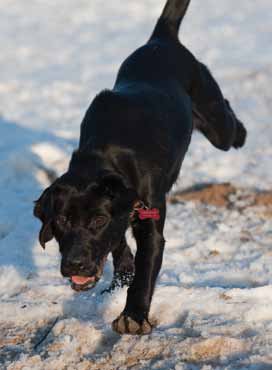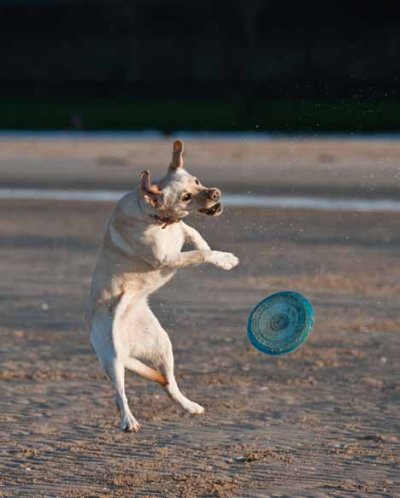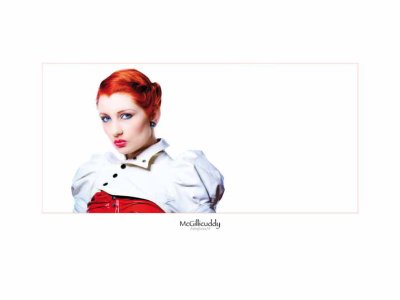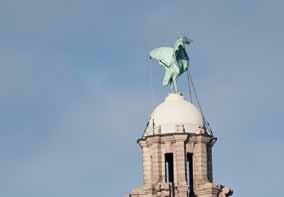Fast Agile Beautiful

Page 5
Exposure

We found the camera to be over-exposing about a 1/2 stop. The AF-S Nikkor
70–200mm F2.8 GII ED Introduced in July 2009 the newly designed 70–200mm VR
Nikkor is sure to be a winner, it really is a superb optic. It has a constant
aperture and close-focuses to 1.4m throughout its zoom range. It has seven ED
Glass elements in a lineup of 21 elements in 16 groups. The vibration reduction
has two modes: 'normal' for everyday use shooting at up to 4-stops advantage and
an 'active' setting for use from motorbikes, cars, helicopters (or in our case a
ferris wheel!). It is equipped with a locking lens hood (a real bonus!) and a
rotating collar.

On all normal subjects it focussed with complete ease. Tracking the running dogs
was more of an issue and the focus failed to 'lock on' in many instances. We did
note that once it did 'focus lock' it tended to track quite well. The clarity of
the stabilised image was outstanding with the address and telephone numbers on
the dog-tags being easily readable on a shot made at 1/2500 f4 at ISO400 and at
the 200mm focal length. In the image shown the tag is clear (from 6.6m distance)
as was the next shot taken at 2.5m distance. This just preceded a collision
between dog and photographer. Under less onerous conditions with the dogs
running across the lens' focus was easily and accurately achieved.
Hand holding at 170mm and 1/160 is something this photographer would not
normally entertain – some can, but you should know your limits. The VR worked
really well and overall the D700 70–200mm combination was a joy to use. We shot
at 1/250 and 200mm on the ferris wheel. The shots were poor through the Perspex
window, but were certainly not shaky.
DX Performance
There is a menu option to set the camera to auto-detect into a crop to suit the
DX lenses when such a lens is attached to the camera. This is in keeping with
Nikon's long-standing backcompatibility tradition and means that your older DX
lenses are not wasted even if you have to throw a few pixels away. We used a
12–24mm DX lens in this mode. Shooting into the sun we experienced less
chromatic fringing with the D700 that we experience with the D200 chip.
The Beauty Shoot

We tested the D700 using the latest Nikon Camera Control Pro. The software is
neat at what it does but in combination with Live View the battery life was
drastically reduced, indeed the battery was embarrassingly flattened before an
audiencedemonstration could be made. The warning is clear, if you want to use
Live View make sure you test and understand how long you are going to get out of
a battery charge.

Undaunted, Patrick was shooting with Damian McGillicuddy the next day and we
passed the 70–200 to Damian to shoot with. His shot is reproduced. It was made
at 1/125 f4.5 and ISO 200 at 200mm focal length. The image has been given the
Big Dog treatment but we are assured that the original quality was also
sparkling!

Above: A hand-held shot at 200mm and the full aperure of f2.8. The detail is very impressive indeed as shown by the truesize pull-out.
Overall
We loved both cameras, they were responsive, easy to use and, in combination
with lenses such as the 70–200 and the 14–24mm, you can expect breathtaking
performance and sharpness. The abilities at higher ISO ratings are well reported
and, in our experience, well justified; these two cameras really do open up
opportunities that were previosly not possible.
Page 1 - Page 2 - Page 3 - Page 4 - Page 5







